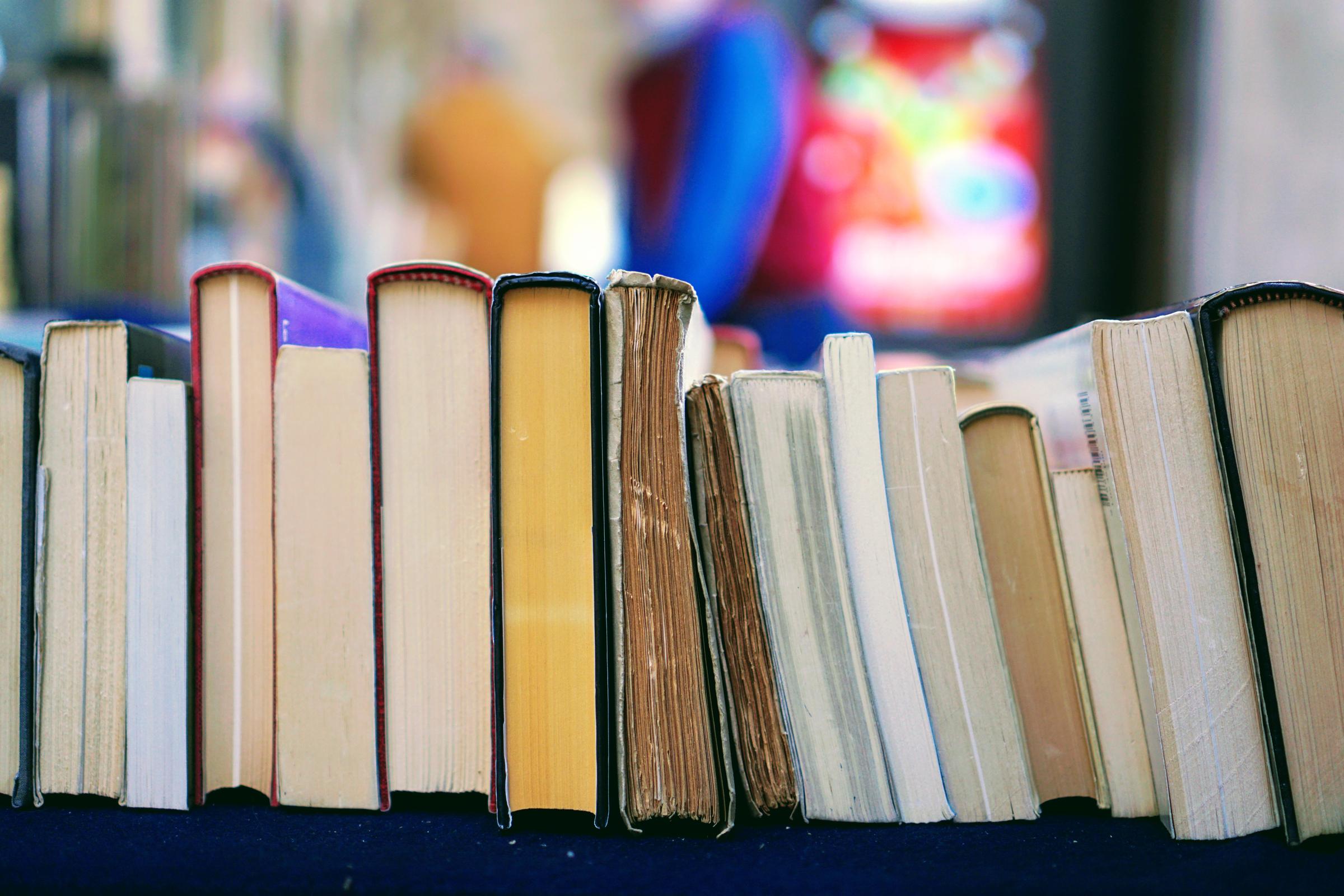Reading Seeds

Reading to babies from birth
Key points
- Start reading to babies early – from birth if you like.
- Newborns enjoy quiet reading. By 12 months, babies are often very involved in story time.
- Reading and storytelling help babies learn about speech sounds, words and language.
- Read slowly to babies. Point out words and pictures. Change the tone of your voice as you read.
- Babies like books with rhyme, rhythm and repetition.
Why reading with babies is important
Reading books, talking about pictures, sharing stories, and singing rhymes and songs help your baby’s development in many ways.
Doing these activities every day helps your baby get familiar with speech sounds, words, pictures and books. This builds your baby’s early language skills and early literacy skills and helps them go on to read successfully later in life.
Reading stories also stimulates your baby’s imagination and helps them learn about the world around them. It’s a great time for you to bond with your baby and share time together too.
You can start reading aloud to your baby early – the earlier the better. Our article on reading stories with babies and children has more information to get you started.
What to expect from reading, sharing books and storytelling with babies
As babies develop in the first year of life, the way they engage with books changes.
In the first 3 months, your baby might enjoy sitting on your lap and gazing at the pictures while you slowly read aloud. Your baby might pay attention to the book for only a few minutes.
By 6 months, your baby will start to take a more active role in story time. Your baby might grab, pat, handle or even try to chew books. Your baby might communicate with you by cooing, babbling and smiling.
By 9 months, your baby will start to engage more directly with the words and pictures in books. For example, your baby might babble while looking at pictures or try to lift up flaps. Your baby will also want to hold books and try to turn pages.
By 12 months, your baby will love being involved in story time. Your baby can turn the book the right way up, point to pictures, and make animal noises or car and truck sounds. Your baby might even enjoy looking at books by themselves. Your baby will like to carry books around (if they’re walking) and will probably want you to read their favourite books many times.
Tips for reading, sharing books and storytelling with babies
Here’s how you can help your baby learn and develop through reading with you:
- Follow your baby’s lead, read slowly and spend time looking at the pictures after you read the words. This lets your baby focus on the sounds and shapes of words and also on pictures.
- Turn the pages slowly when you read with your baby. This shows your baby how to use a book.
- Point out, name and talk about familiar and new things your baby sees on the page, instead of only reading the words. For example, ‘That’s a bunny. Look. The bunny is hopping away’.
- Change the tone of your voice as you read. This makes it easier for your baby to notice different speech sounds, which is an important step towards learning to talk.
Here are general tips to help you make the most of reading time with children:
- Make a routine, and try to share at least one book every day. A special space where you and your child go to read – with a box of books and something comfortable to sit on – can help with establishing your routine.
- Turn off the TV or radio, put your phone on silent, and find a quiet space so your child can hear your voice.
- Use gestures and facial expressions to get your child’s attention and add meaning to words and pictures.
- Try out funny noises and sounds – play and have fun!
- Make connections between the pictures in books and your child’s life. For example, you could say, ‘There’s a teddy. You’ve got a teddy like that, haven’t you?’
- Hold your child close or on your knee while you read, so they can see your face, your gestures and the book.
- Be guided by your child’s interest. There’ll be days when your child doesn’t feel like reading, and that’s OK.
- Be prepared to read the same story over and over. Young children like repetition, and it helps them learn.
Visit your local library – it’s free to join and borrow books. The staff will be able to recommend age-appropriate books for you and your baby to enjoy. Many libraries also offer free story time sessions for babies and their parents or carers.
Books for babies
In general, babies enjoy and benefit from books that have good rhymes, regular rhythm and repetition. Rhymes, rhythm and repetition emphasise the way words sound, which helps with language development.
From when your baby is born, you might like to look for books that:
- have bright colours or simple, large and high-contrast pictures like black and white pictures – these are interesting and easy for babies to focus on
- have different textures so your baby can hear, see and feel the book
- have pictures of babies and faces
- are made of stiff cardboard and have only a few pages – these are easy for babies to hold and handle
- have themes that babies can relate to, like books about bathing, feeding, playing and spending time outside.
Here are books your baby might enjoy:
- Aussie babies can by Magabala Books
- Boo! by Margaret Wild
- Brown bear brown bear, What do you see? by Bill Martin Junior
- Crocodile beat by Gail Jorgensen
- Everywhere babies by Susan Meyers
- How many kisses do you want tonight? by Varsha Bajaj
- I went walking by Sue Machin
- Moo, baa, la la la! by Sandra Boynton
- Polar bear polar bear, What do you hear? by Bill Martin Junior
- Ten little fingers and ten little toes by Mem Fox
- Ten little owls by Renee Treml
- Walking through the jungle by Julie Lacome
- Who? A celebration of babies by Robie Harris.
Maureen Delane
Learning Specialist
